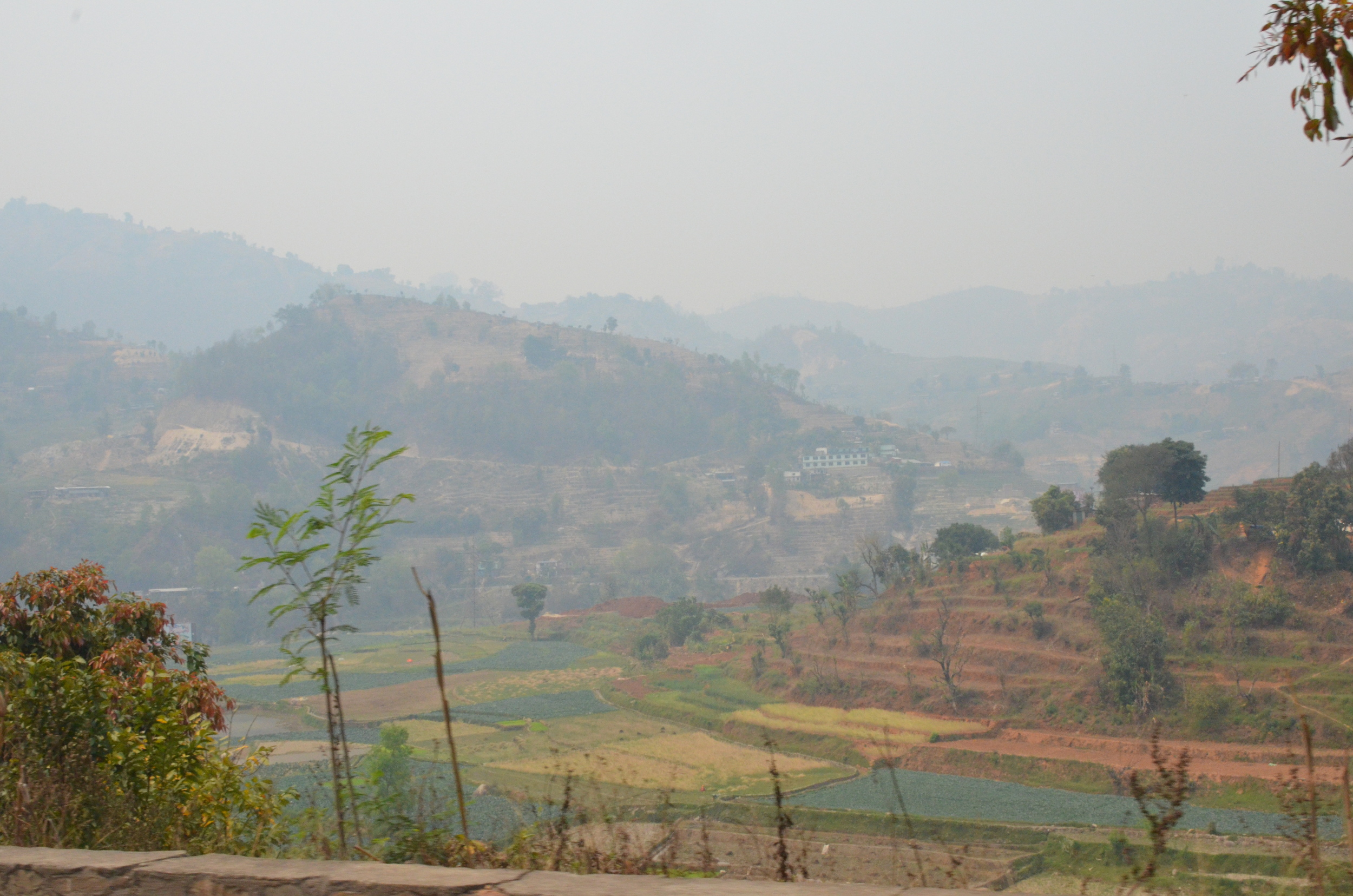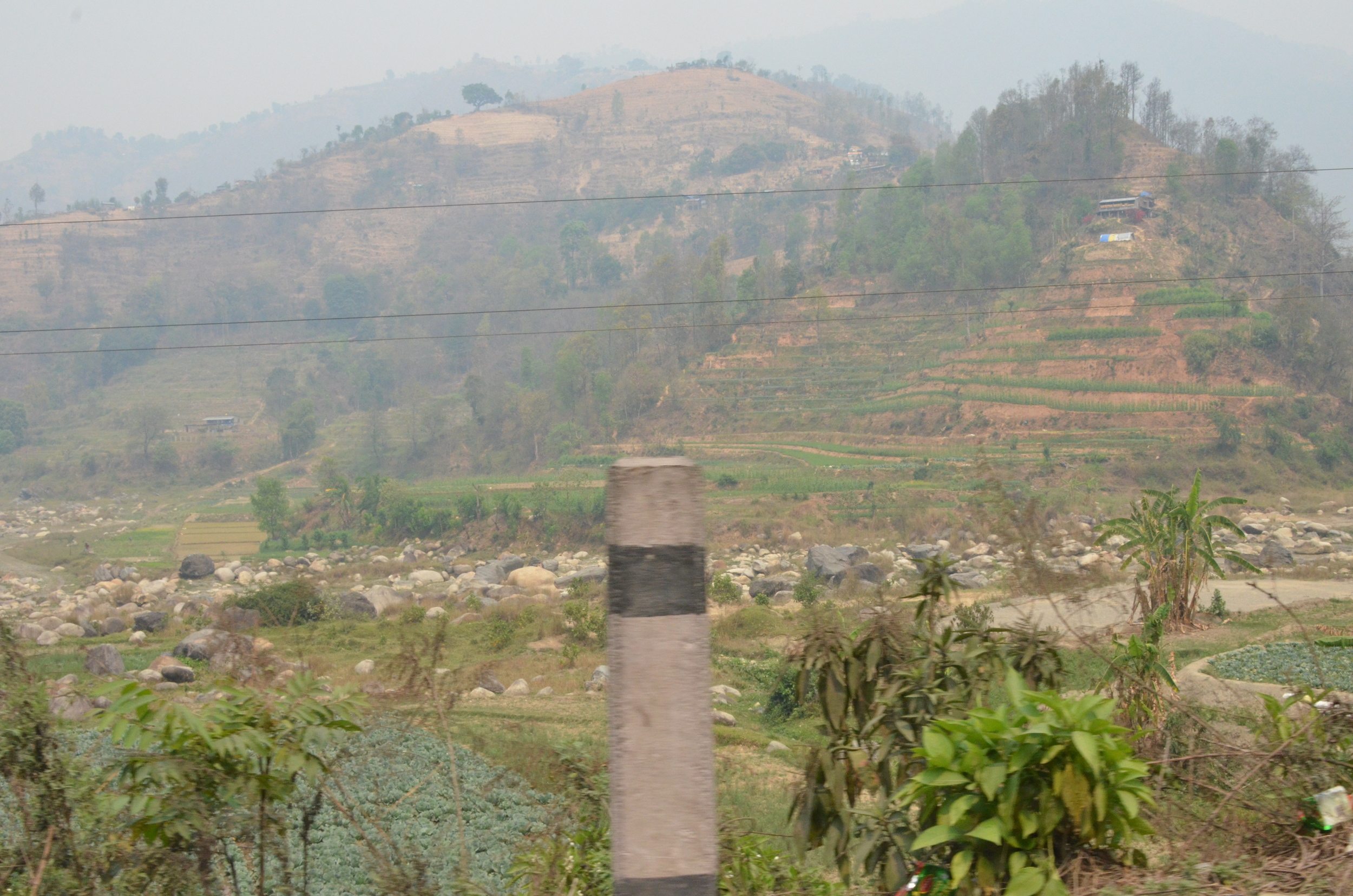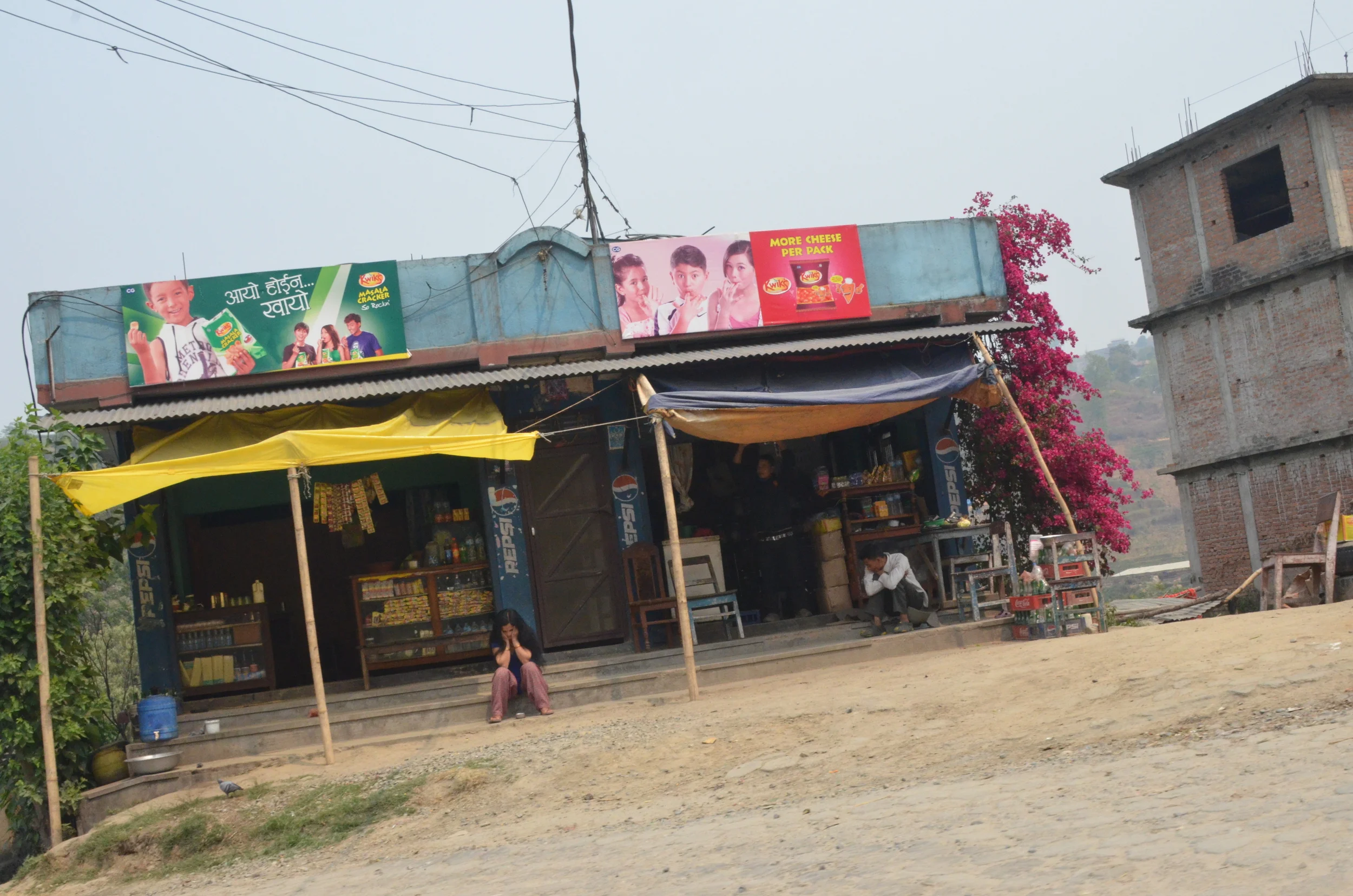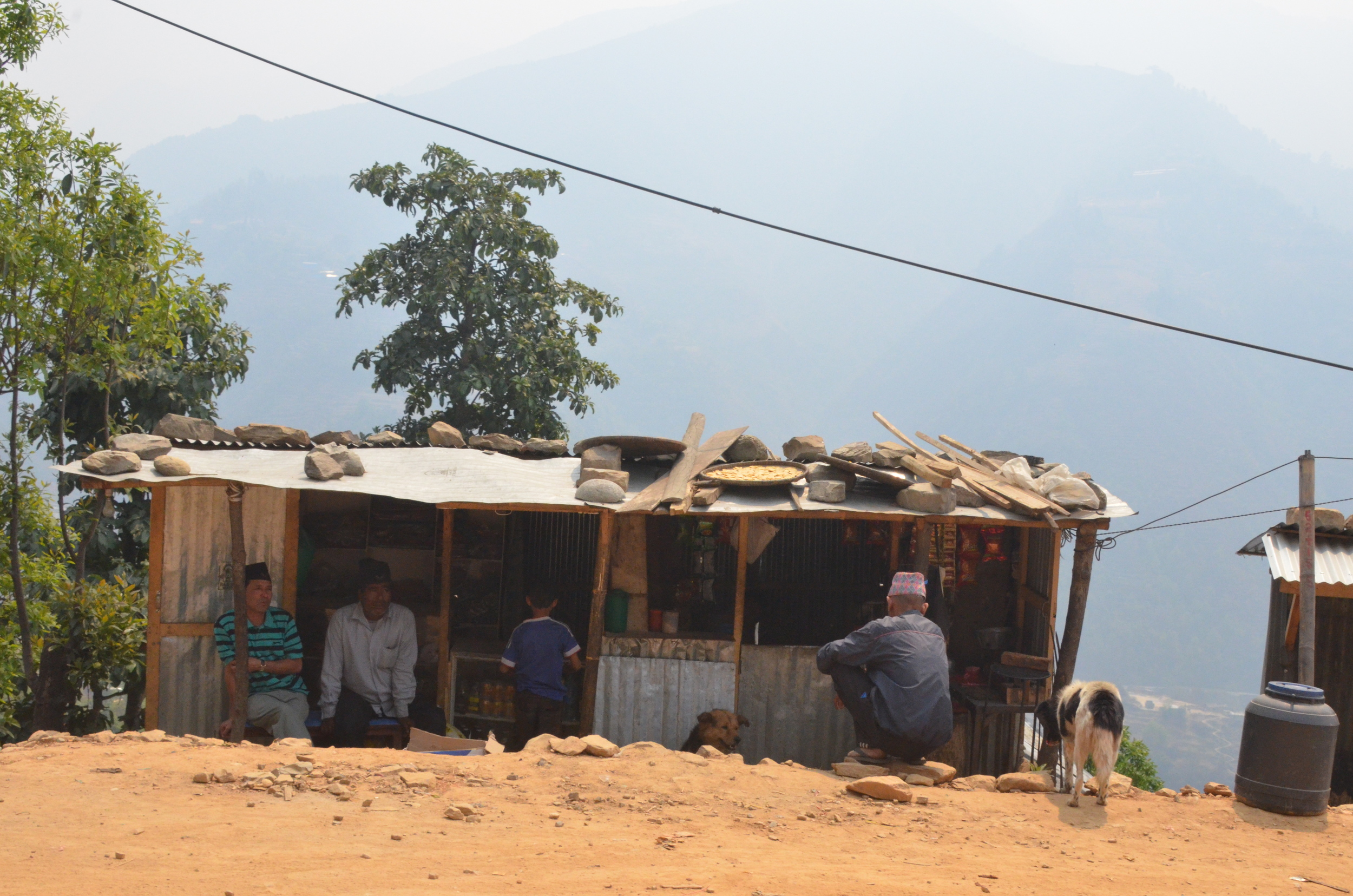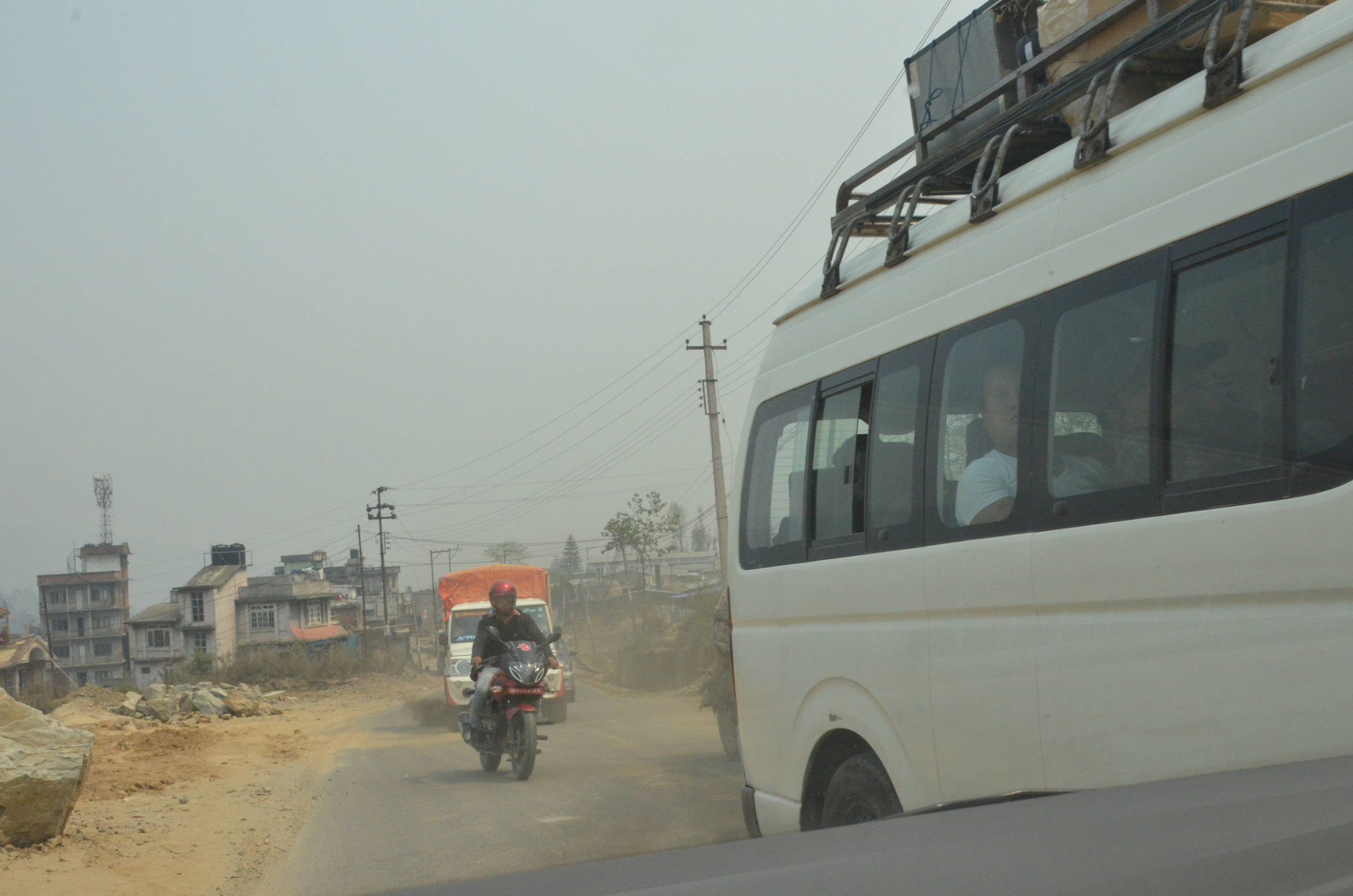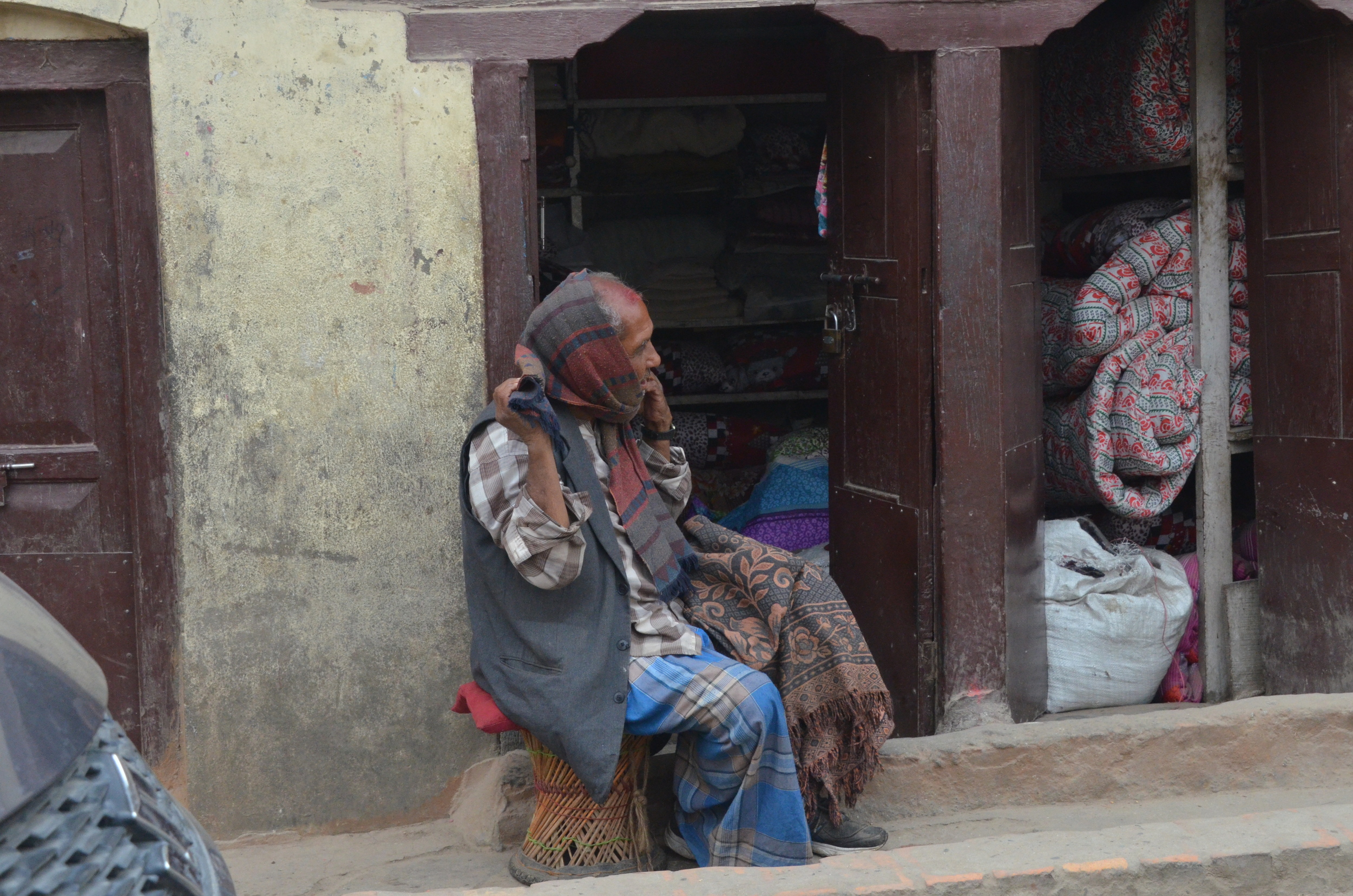Day 3 was about as busy as day 2. I had the morning to myself, to work on getting the drone ready for a presentation I had scheduled for the afternoon.
I presented to the Students at Kanjirowa, talking to them about the progress of my project and the current direction of their class curriculum. I had some time to meet with the 24 students, who participate in the class, to give them a more detailed update. They were really excited to see the drone I've built, especially because the operational-scale, octocopter drone that I've built uses almost exactly the same flight computer as the kind they use on their quadcopters. This means that the students have the computer power to support much bigger and more capable drones.
After that, I had an opportunity to speak with the teachers at Kanjirowa and with a local K-6 school. Teachers asked me questions about how the drone curriculum, which I brought with me, would impact Kanjirowa and the society. I explained the drone's capabilities and possible applications in Nepal, including medicine delivery to remote villages and wildlife management, among many other things. I explained to them that feedback on the curriculum would allow us to adapt the course to the particular circumstances of Nepal, and that Kanjirowa was a example for other schools to follow.
In the evening, I had dinner with American diplomats, to talk about the future of STEM in Nepal. They talked about Nepal's first ever Maker Fair, that they are supporting next September. This event to honor the opening of a Maker Space in Kathmandu, with tools that students can use to work on their drones. I was asked to participate.
